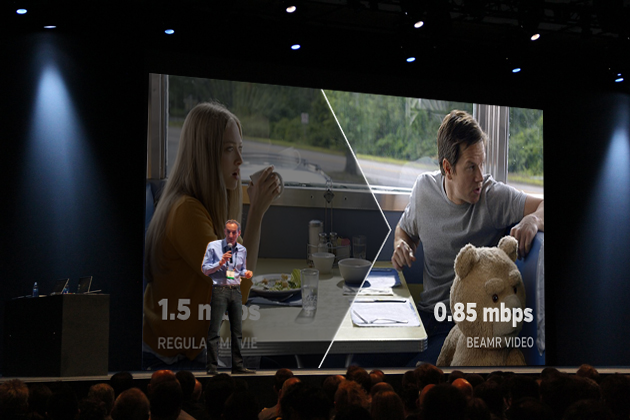The first and foremost challenge today for anyone delivering video is meeting customer expectation for a perfect viewing experience.
I’ll explain why: As more and more cord-cutters are dropping their cable and satellite TV subscriptions in favor of OTT online streaming services, they expect the same high-quality image they used to get from their traditional TV service. Unlike in the past, when Internet video viewers were accustomed to watching streamed videos on small monitors and compromised on quality, today’s viewing is done on big TV screens. And naturally, viewers want the same TV-like experience from their OTT providers.
The recent Conviva report demonstrates the effect of user experience on monetization and churn. According to the report, “consumers no longer simply expect a service to work, they demand that it provide a high-end experience.” Conviva declares, “2015 is the year of the OTT consumer”. Hence, current typical consumers will not only demand high-quality content, but will quickly quit using a service that doesn’t deliver well.
Clearly, today’s consumers are not as loyal as they used to be. In fact, according to the Conviva report, if the streaming service is not good, 75% of them will try switching to a different service in less than just five minutes.
On top of that, by 2018, 84% of the Internet traffic will be video content. And as more and more consumers are streaming more and more content, network congestion is only getting worse. On the one hand there are viewers already annoyed with long start times, recurring buffering events and other types of interruptions. On the other hand, network congestion will not be resolved overnight – and the effect this can have on content owners may be beyond repair.
Imagine having angry subscribers calling customer support to complain about your service, when in reality your service is great and it’s the network capacity (or should I say incapacity) that is the source of the problem. Or, finding yourself offering time-consuming explanations about network operation, only to realize that the customer doesn’t understand, and/or doesn’t care, and in any case still blames you.
Here’s what can be done: Let’s look at this problem from a different angle and focus on the video file itself. What if we decreased the size of video files, without compromising the quality of those videos in any way. How would that affect the main user experience metrics – video start time and re-buffering events? Hold onto that thought, we will explore it further in our next posts.
Video streaming users assume it’s basic and obvious that they’ll get the best viewing experience – always, wherever they are, and on any device they choose. So to stay competitive you need to understand what your customers already do: It’s all about the viewing experience, that’s what they care about, and that’s what will keep them around.

